Welcome, gentlemen, to the wild world of hair care, where myths and legends abound, and the line between fact and fiction is as fine as a hair strand on a bald man's head. Let's face it, your hair is the crown you never take off—unless, of course, you're going for that distinguished bald look, in which case, carry on, your majesty. But for those sporting a lush mane, navigating the sea of hair care advice is akin to threading a needle with your eyes closed: possible, but fraught with potential embarrassment.
Now, why does this matter? Well, in the grand theater of men's grooming, your hair plays the leading role. It's the first thing people notice and the last thing they forget, especially if it resembles a bird's nest or a science experiment gone wrong. And yet, despite its starring role in our lives, it's shrouded in more myths than the existence of Bigfoot. These myths, as entertaining as they may be, can lead to serious hair-sasters. I'm talking about decisions that leave your natural hair screaming for mercy—or even worse, silently retreating from your scalp.
In This Article, We'll Cover:
So, here you are, about to embark on a noble quest to separate the grain from the chaff, the myths from the facts. Our mission, should you choose to accept it, is to debunk these hair myths with the cold, hard science of shampoo commercials and the wisdom of that one uncle who still has a full head of hair at 85. Yes, we're diving headfirst into the hairy abyss to bring you scientifically backed advice that will not only enlighten but also entertain. Because let's be honest, if we can't laugh at a "hair today, gone tomorrow" joke, what's even the point?
Grab your comb, ditch the old wives' tales you've been hoarding like a squirrel with nuts, and prepare to be edu-tained. By the end of this, you'll be a walking encyclopedia of hair knowledge, ready to spread the good word about proper scalp care and maybe, just maybe, debunk a myth or two at your next dinner party. Because nothing says "I'm the life of the party" quite like a detailed explanation of why cutting your hair doesn't actually make it grow back thicker.
Common Men’s Hair Myths
Myth 1: Cutting Hair Makes It Thicker and Faster

Imagine if cutting your hair really did make it grow back thicker and faster. By that logic, those who shave regularly would eventually morph into werewolves, and bald men would just need a few close shaves to sprout a lush forest atop their domes. Yet, as you've likely observed, reality is not so follicularly generous.
Here's the deal: When you cut your hair, you're only altering the length of the strands that are already dead. Yes, that's right, the hair shaft outside your scalp is as alive as the plot in a bad soap opera. The roots, snugly embedded in your scalp, are where the magic happens, and they're utterly oblivious to your stylist's snipping spree.
So why does this myth have more lives than a cat? It's all about optics. When hair is freshly cut, particularly if it's been snipped to a uniform length, it can appear fuller and, to some, might seem to grow back faster due to the more noticeable contrast between the scalp and the hair. But in reality, your hair grows at a genetically determined pace, and its thickness is a trait handed down from your ancestors, not your barber.
Hair growth rates are also quite uniform, clocking in at about half an inch per month for most people. Sure, some factors can influence this slightly, like nutrition, health, and whether you've been chanting to your hair under a full moon, but a trim? Not so much.
If you're chasing thickness, rather than reaching for the scissors every few weeks, consider the health of your hair and scalp. Nutrition plays a role, so ensure you're consuming plenty of proteins, vitamins, and minerals. Scalp massages can also encourage circulation, and who doesn't love a good reason for a head rub?
In the end, the secret to good hair care isn't a secret at all: it's about treating your locks well, understanding what works for you, and not falling for the myth that a haircut has supernatural growth powers. After all, if haircuts could do that, barbers would be the true wizards of our time.
Myth 2: Wearing Hats Causes Baldness

Moving on to another tall tale that's been tossed around more than a baseball cap at a high school party: Wearing hats causes baldness. Ah, if only detective shows took on myths like these, we’d have "Law & Order: Follicular Intent."
The story goes like this: Constantly wearing a hat strains your scalp, suffocates your hair follicles, and leads to premature balding, as if your hair is plotting its escape from the fabric prison you’ve placed atop your head. This myth is so popular, it's almost become a cautionary tale for the hat-loving gentlemen among us, warning that if they don’t let their scalp breathe, they’ll soon be shining their crown in the sun.
But let’s put this myth under the microscope. The reality is, your hair follicles are tougher than they get credit for. They’re not about to throw in the towel because they’re under a cap. Baldness, especially male pattern baldness, is largely a game of genetic roulette. Your genes dictate the party on your head, and they can be quite the party poopers.
That said, where does the hat fit into this hairy situation? If you’re cramming a dirty, sweat-soaked hat onto your head every day, you might irritate your scalp and possibly exacerbate conditions that aren't friendly to hair growth. Think of it as planting flowers in soil that's never seen the light of day—things might not bloom as well as you'd hope. However, normal hat-wearing, especially with hats that fit properly and are kept clean, isn’t going to banish your hair to the land of wind and ghosts.
To keep your hat-wearing habits from turning into a horror story for your hair, consider these tips:
-
Keep it clean: Your hat should hit the laundry as often as your favorite jeans. Less grime equals a happier hairline.
-
Give your head a breather: Let your scalp see the sun (with sunscreen, of course), and enjoy the breeze. It's not just about reducing sweat but giving your scalp a change of scenery.
-
Mind the fit: A hat that's too tight can restrict blood flow to your scalp. Your hat should sit comfortably, like a crown, not a vise.
In essence, while hats can be accused of many fashion crimes, they’re not the culprits behind baldness. So, next time you hear someone blaming their hair loss on their love for caps, you can tip your hat to them and share a little truth, debunking this myth with the grace of a well-informed gentleman.
Myth 3: Shampooing Every Day Causes Hair Loss
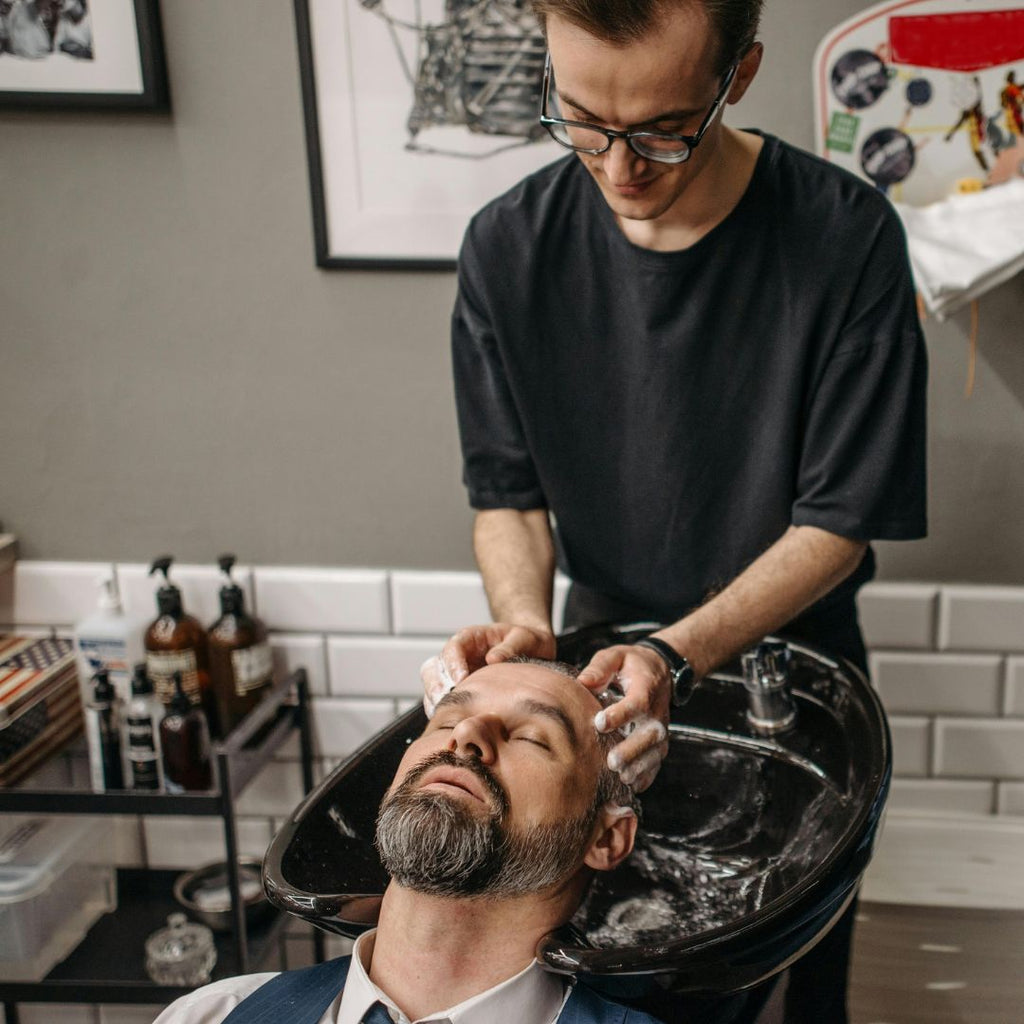
Let's get straight to the sudsy center of this myth. The fear here is that shampooing too often is akin to sending your hair down the drain, quite literally, with each rinse and repeat. But, before you start rationing your shampoo like it's the last bottle on Earth, let's dive into the facts.
Shampoo, that bubbly beacon of cleanliness, is designed to remove dirt, oil, and product buildup from your scalp and hair. The thing is, how often you need to use it is more about your scalp type and daily activities than a one-size-fits-all decree from the hair gods. Got an oily scalp or spend your days sweating in the gym? Daily shampooing might be your ticket to freshness. Lean more towards a dry or sensitive scalp? You might want to space out those washes.
The real kicker is that it's not the act of shampooing that could lead to hair loss; it's all about the products you use and how you use them. Harsh shampoos that strip your hair of its natural oils can lead to dryness and breakage, which can make your hair appear thinner. But breakage is not the same as hair loss from the roots, which is often caused by genetics, medical conditions, or hormonal changes.
So, how do you navigate the foamy waters of shampooing? First, choose a shampoo that matches your scalp type. Think of it like picking a character in a video game; you want one that aligns with your environment and quests. For oily scalps, look for clarifying or balancing shampoos. Dry or sensitive scalps? Hydrating or soothing formulas are your best bet.
Second, be gentle with your scalp. Massaging too hard can irritate your scalp, and wringing your hair out like you're trying to squeeze juice from it isn't doing you any favors. Treat your hair like you would a delicate silk shirt – with care and grace.
Lastly, consider the conditioner your hair's best friend, the Robin to your Batman. It helps restore moisture and protect your hair, making it less prone to breaking and looking like you've just been in a brawl with a hairbrush.
In the grand scheme of things, shampooing is less about a rigid rule and more about understanding and responding to your hair's needs. So, lather up as your scalp requires, and remember, the path to great hair is paved with knowledge, not fear of the shampoo bottle.
Gray Hair Myths and Misconceptions
Myth 4: Plucking Gray Hair Causes More to Grow

This myth has its roots (pun intended) in the visual aftermath of a plucking spree. You pluck one grey hair, and then, as if by some ancient curse, it seems like a whole battalion of gray hairs rallies to the cause. Let's unravel this, shall we?
First, the growth of gray hair is a tale as old as time, or at least as old as aging itself. It's not a sign of wisdom per se, but more a sign that the pigment-producing cells in your hair follicles, melanocytes, are retiring. These cells decide they've had enough of the hair-dyeing business and gradually stop producing melanin, the pigment that gives your hair its youthful color.
Now, onto the plucking: When you pluck a gray hair, you're essentially evicting it from its cozy follicle. But here's the kicker—plucking doesn't send a bat signal to other hairs to gray in solidarity. Your scalp doesn't decide to spawn more grays to avenge the fallen strand. In fact, if anything, you're just making room for another possibly premature gray hair to grow in its place because, well, that's what was coming next in line anyway.
The impact of plucking? Beyond the momentary satisfaction, it's pretty much a draw. You might irritate your scalp or, in extreme zeal, damage the follicle, but you won't multiply the grays. If your follicles are programmed for gray, they'll continue on their merry way, plucked or not.
So, what's a person to do when confronted with those silvery strands? Embrace them! They're a sign of your life's journey, the chapters you've lived, and the stories you've gathered. But if you're not ready to embrace the gray just yet, there are more hair-friendly options than plucking: hair dyes, highlights, or even trendy silver hair dyes that make a statement.
Remember, each hair on your head is like a thread in the tapestry of your life. Gray or not, they're all part of the unique story that is you. So next time you spot a gray hair, maybe give it a nod of respect instead of reaching for the tweezers. After all, it's just your hair embracing its natural evolution, one strand at a time.
Myth 5: Coconut Oil and Lemon Juice Prevent or Reverse Graying
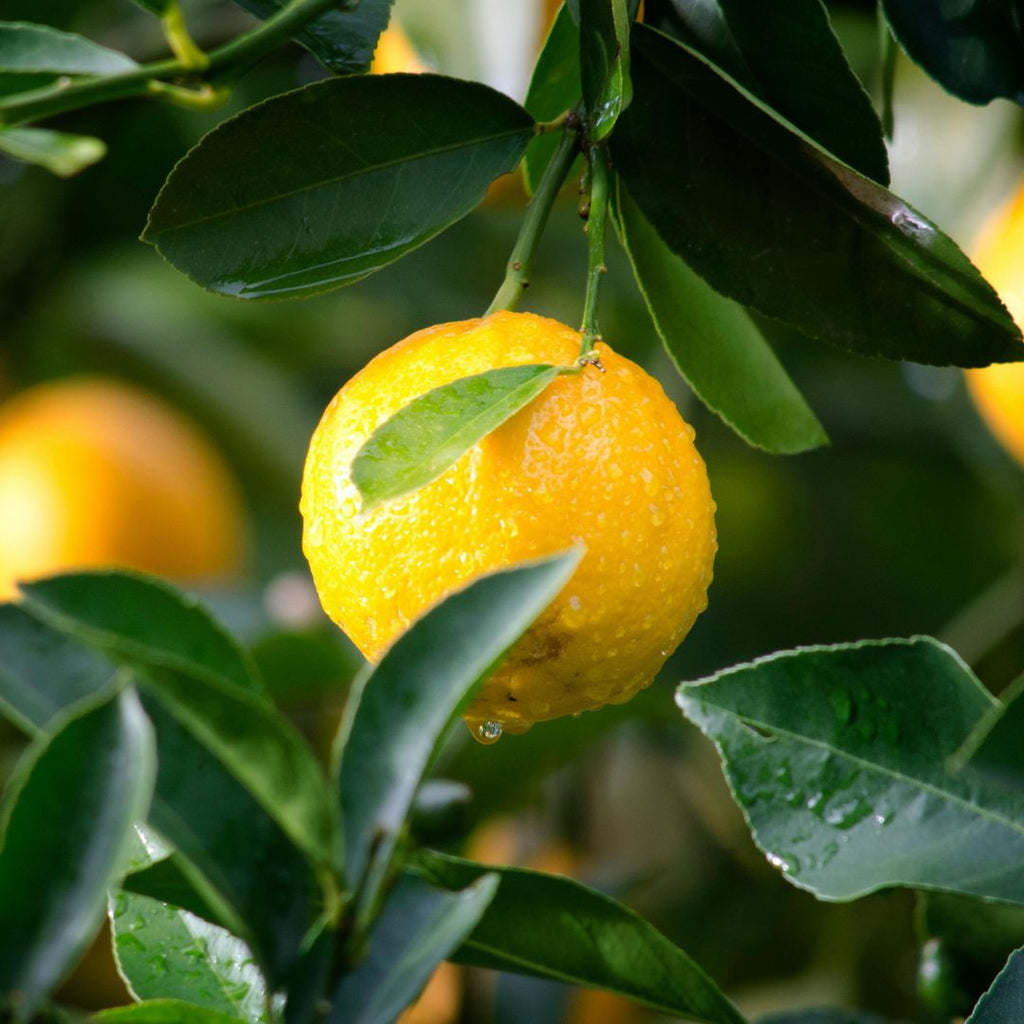
This myth has whisked its way through the beauty world, with proponents claiming that the mixture is a secret elixir for youthful locks. Coconut oil, the darling of the natural health community, and lemon juice, fresh from its day job in lemonade, supposedly team up to tackle those pesky gray hairs. But does this dynamic duo really have the power to restore your hair to its former hue?
First off, graying hair is like the tide—inevitable and governed by forces beyond our control (namely, genetics and biology). The color of your hair is determined by melanin, produced by those diligent workers, the melanocytes, within each hair follicle. As we age, these melanocytes gradually clock out, leading to less pigment and, eventually, that silver sheen.
Now, onto the main act: coconut oil is indeed a hydrating powerhouse, capable of adding luster and shine to your locks, making them feel as soft as a whisper in a pillow factory. Lemon juice, on the other hand, has natural lightening properties, thanks to its citric acid content, making it great for subtle highlights (or a zesty addition to your tea).
But here's the rub: While these ingredients can make your hair look and feel fantastic, there's no scientific evidence to suggest they can influence the pigmentation process of your hair. Think of them as a great supporting cast in the movie of your hair care routine—excellent for moisture and shine, but not exactly leading roles in hair color reversal or prevention.
So, why has this myth gained such popularity? Perhaps because it offers a glimmer of control over the uncontrollable, or maybe because we all love the idea of a natural remedy as a solution to our concerns. Plus, it's hard not to be seduced by the tropical allure of coconut oil and the fresh zest of lemon juice.
If you're grappling with graying hair and looking for ways to deal with it, remember that there are plenty of paths to take. Embracing the gray can be liberating and stylish (silver fox, anyone?), and if you're looking to cover up, hair dyes have come a long way in terms of quality and safety.
In the end, while lemon juice and coconut oil might not be the fountain of youth for your hair, they can still play a role in a healthy hair care routine—just with expectations as grounded as your roots. So, go ahead, mix up that concoction for a hair mask if you like, but remember, the true color of your hair lies not in a bottle but in your biology. And that's a beauty all its own.
Hair Product Myths
Myth 6: More Expensive Hair Products Are Better
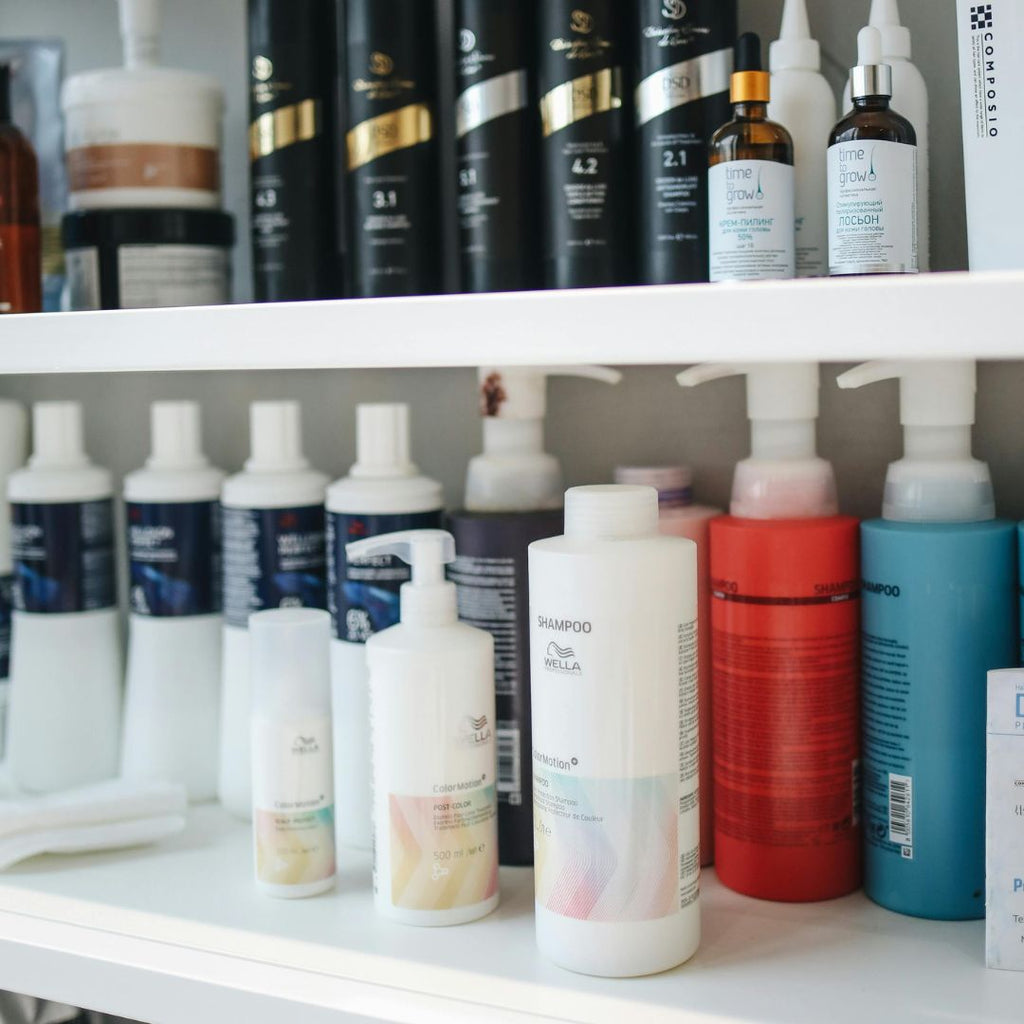
This is the champagne vs. sparkling water debate of the hair care world. The allure of luxury brands is strong, with their sleek bottles, exotic ingredients, and the promise that spending half your paycheck on a shampoo will somehow elevate you to the hair elite. But let's comb through the facts before we mortgage our homes for conditioner.
The truth is, the effectiveness of hair products is not directly proportional to their cost. The secret sauce to great hair care lies not in the price but in understanding your hair's specific needs and the science behind the products. Yes, some high-end products contain rare ingredients or invest more in research and development, but this doesn't automatically mean they're the best fit for your tresses.
Here's a nugget of wisdom: the ingredient list on the back of the product is your roadmap to hair nirvana. Learn to decipher this hieroglyphic script, and you'll unlock the secrets to tailored hair care. Look for products with ingredients that match your hair type and concerns. For example, if you're navigating the choppy waters of dry hair, search for hydrating heroes like glycerin, hyaluronic acid, or natural oils.
And remember, just because an ingredient is hard to pronounce doesn't mean it's working overtime for your hair. Sometimes, the most humble components are your hair's best allies. Also, be wary of products loaded with sulfates and parabens if you're in the pursuit of gentle care, especially for those with sensitive scalps or colored hair.
Now, for a splash of reality: Your hair doesn't have a bank account—it doesn't know if you're lavishing it with liquid gold or treating it to a budget-friendly cleanse. It responds to chemistry, not brand prestige. So, instead of being swayed by glossy ads and celebrity endorsements, become a savvy shopper. Read reviews, sample different products, and don't be afraid to mix and match across price points.
Your bathroom shelf doesn't need to look like a luxury salon's product display to achieve healthy, happy hair. It needs products that speak your hair's language, whether they come with a hefty price tag or not. In the grand salon of life, it's the results that matter, not the cost of your concoction.
So next time you find yourself mesmerized by a high-priced hair potion, remember: Your crown can be just as regal with jewels that don't cost a king's ransom. Choose wisely, experiment freely, and may your hair always be as smart as your shopping choices.
Myth 7: Baldness Is Passed Down From Your Mother's Side Only
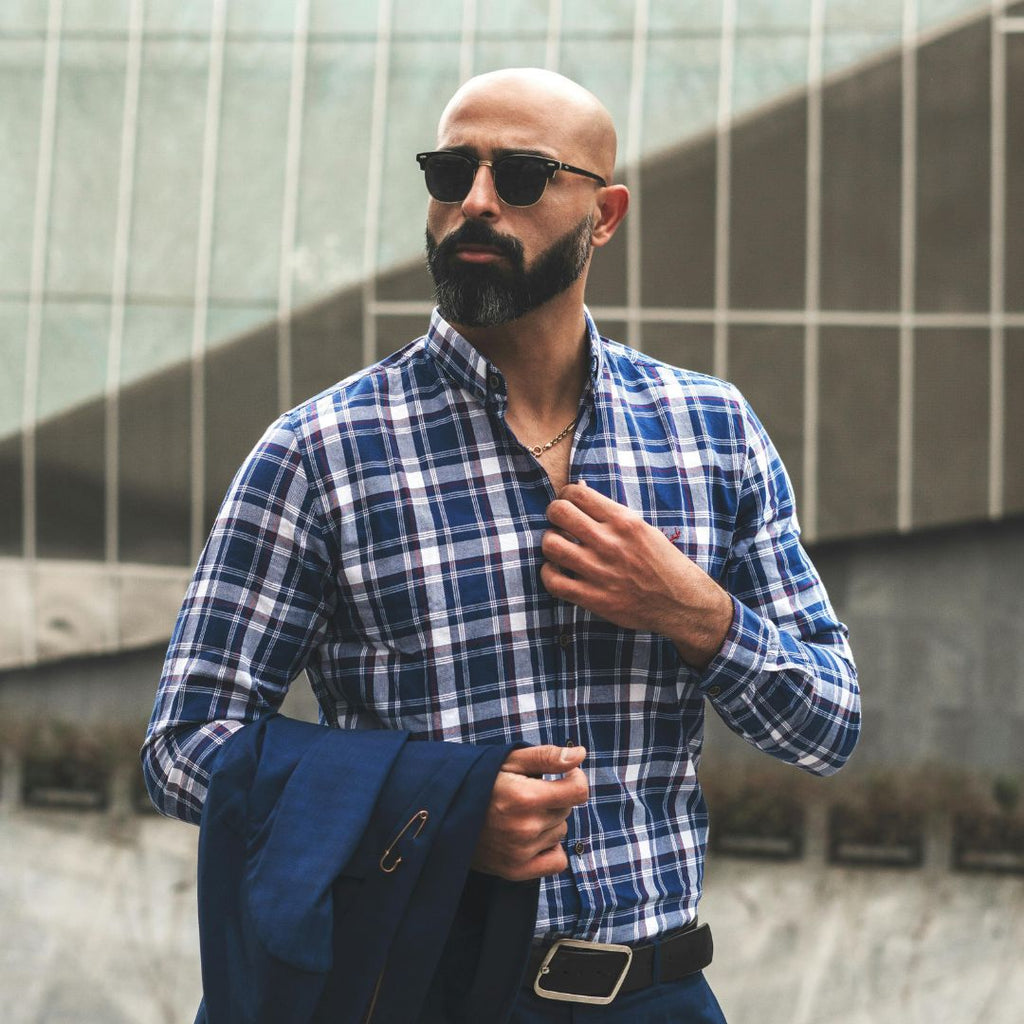
This myth operates under the assumption that the baldness baton is passed like a secret recipe from your mother's side of the family directly to you. It suggests that you should spend family gatherings scrutinizing the scalps of your maternal uncles and grandpa, trying to divine your follicular future.
But before you start sending thank you or blame notes to your mom's side of the family, let's get a little genetic lesson. While it's true that a significant gene associated with male pattern baldness is located on the X chromosome (which, yes, you get from your mom), that's not the whole story. Your hair's future is written by a chorus of genes, with contributions from both your mother and father's sides. Think of it as a genetic potluck, where both sides of the family bring dishes to the table. Some might contribute more significantly to the menu, but everyone plays a part.
Moreover, recent studies suggest that there are over 250 genes involved in male pattern baldness. So, blaming it on just one side of the family is like blaming the drummer for a band's bad performance when the whole ensemble was out of tune.
If you're starting to see more scalp than you'd like, here's the lowdown:
-
Genetics: Yes, they play a big role, but it's a mix from both sides of your family tree. So, it's more complex than just eyeballing Uncle Joe's hairline at Thanksgiving.
-
Hormones: Dihydrotestosterone (DHT) is a hormone that's mainly responsible for male pattern baldness. Some folks' hair follicles just throw a fit in the presence of DHT and decide to shut down production.
So, what can you do if you're worried about waving goodbye to your lush locks? Well, science has not been snoozing on the job. There are treatments out there, from topical solutions like minoxidil to oral medications like finasteride, and even hair transplant surgeries that have come a long way since the plug days.
The takeaway? While you can thank your ancestors for some of your charming traits, baldness is a complex tango of genetics, hormones, and other factors. If you're concerned about hair loss, don't just gaze wistfully at family photos trying to predict your future. Consult with professionals who can offer personalized advice and treatment options based on the latest science. They might not be able to read tea leaves, but they can certainly help you navigate the hairy aspects of your genetic inheritance with a bit more clarity.
Lifestyle and Hair Health Myths
Myth 8: Stress Is Always the Reason Behind Hair Loss

While it's true that stress can play a role in hair loss, it's not the lone villain in this story. Hair loss, much like a poorly planned heist, can have multiple accomplices. Let's untangle this hairy plot:
-
Stress: Yes, significant stress can lead to a temporary condition known as telogen effluvium, where hair shifts into the shedding phase faster than usual. It's like your hair is saying, "I'm outta here!" in response to your body's distress signals. But remember, it's usually major stressors, not your daily annoyances, that contribute to this.
-
Genetics: Ever heard of "following in your father's footsteps"? Well, sometimes, that path leads to a similar hairline. Male and female pattern baldness is a hereditary gift that keeps on giving...or taking, in this case.
-
Nutritional Deficiencies: Skimping on certain nutrients can leave your hair feeling a bit undernourished. Iron, protein, and vitamins are the main characters in the saga of strong and healthy hair growth.
-
Hormonal Changes: Hormones are like the DJs of our bodies, controlling the beat of a myriad of functions, including hair growth. Changes, especially those during pregnancy, menopause, or thyroid issues, can lead to hair loss.
-
Medical Conditions: Some conditions and treatments, like alopecia areata, autoimmune diseases, and chemotherapy, can lead to hair loss. In these cases, your hair is caught in the crossfire of a larger battle happening within your body.
So, what's a stressed-out, genetically predisposed, possibly nutrient-lacking individual to do? First, take a deep breath. Not all hair loss is permanent, and stress-related shedding often reverses itself once you've navigated through rough waters.
To keep your hair anchored during stormy times:
-
Manage Stress: Easier said than done, but relaxation techniques, exercise, and perhaps screaming into a pillow now and then can help.
-
Eat a Balanced Diet: Feed your hair from the inside out with a nutrient-rich diet. Think of it as fertilizing your personal head garden.
-
Consult a Professional: If your hair is staging a vanishing act, a dermatologist or trichologist can offer guidance, from treatments to lifestyle changes.
Remember, while stress can indeed contribute to hair loss, it's usually not working solo. By addressing the various factors that influence hair health, you can better navigate the hairy situations life throws your way. And who knows? With a bit of care, your hair might just decide to stick around for the long haul, stress or no stress.
Myth 9: Diet Has No Impact on Hair Health

This myth crumbles faster than a cheap cookie when you consider that your hair is basically made of protein. Specifically, keratin. So, if your diet skimps on protein, your hair might throw a hissy fit, becoming weaker and more prone to breakage. It's like trying to build a castle out of spaghetti—things are going to get limp and sad, fast.
But it's not just about protein. Your hair is also quite the diva, demanding a variety of nutrients to keep its shine and volume. Here's the star-studded lineup:
-
Iron: This mineral is like the VIP club's bouncer for your hair follicles, promoting and maintaining healthy hair growth. Low iron levels? Your hair might not make it past the velvet rope, leading to shedding and slow growth.
-
Vitamins A and C: They're not just good for your health; they're like the personal stylists for your hair, involved in sebum production and collagen formation, respectively. Dry, lackluster hair might just need a boost from these vitamins.
-
Omega-3 Fatty Acids: Found in fish, chia seeds, and walnuts, these healthy fats are like the moisturizer for your hair, keeping it hydrated and preventing that dreaded straw-like texture.
-
Zinc: This mineral is like the handyman of your hair, involved in repair and growth. Too little, and your hair might start falling out; too much, and, well, it still might start falling out. Balance is key.
So, how do you ensure your diet is more hair feast than famine? Color your plate with a rainbow of fruits and vegetables, ensure you're getting enough lean proteins, and don't forget about nuts and seeds for those essential fatty acids. It's like crafting a gourmet meal, but for your hair.
In the grand dining hall of life, your diet directly influences not just your waistline but the health and happiness of your hair. So, before you dismiss the impact of your eating habits, remember that every bite is a building block for your future locks. Treat your hair like you would a cherished guest at your table, offering it the best nutrients, and watch as it repays you with strength, shine, and resilience. After all, the path to great hair might just begin in your kitchen.
Addressing the Myths with Science
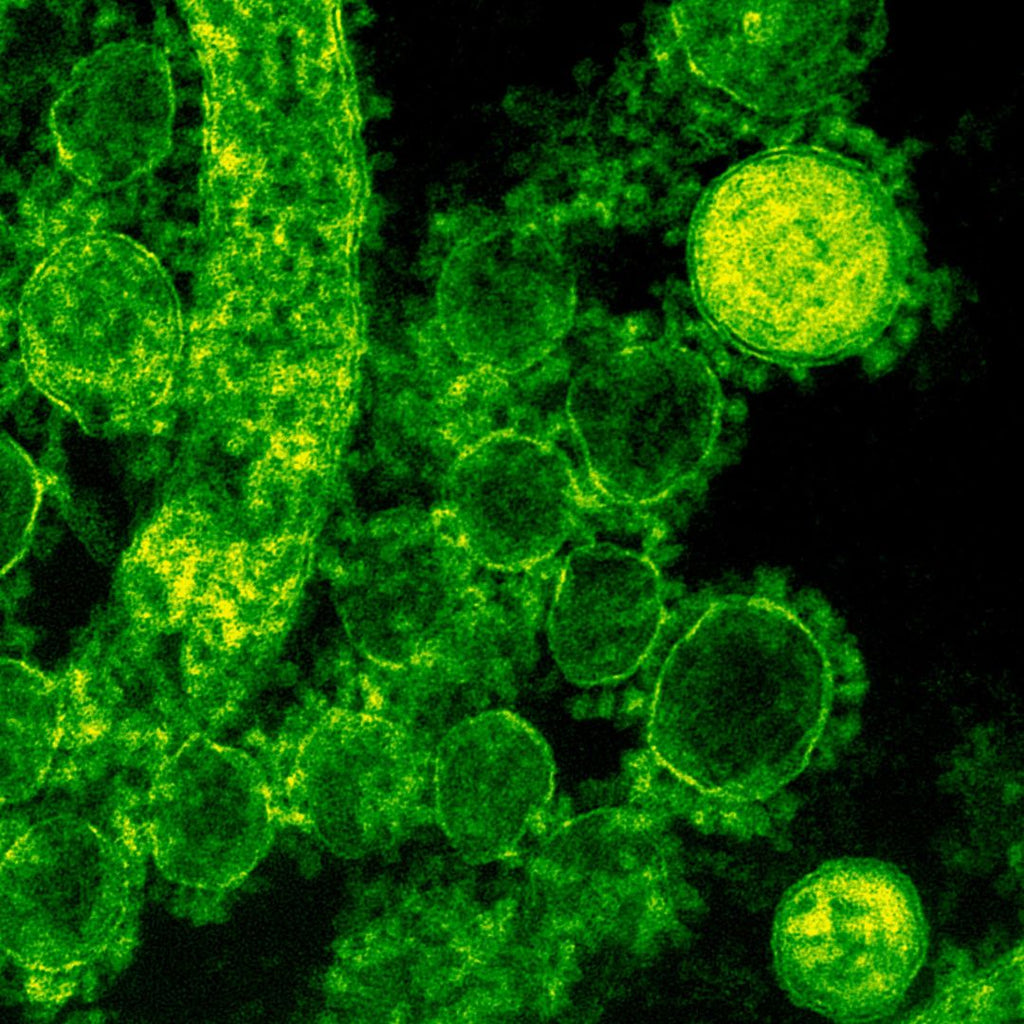
Why do these hair myths persist? Partly because hair, in all its visible glory, is a prime target for quick fixes and magical thinking. We see it, we touch it, and we panic at the first sign of trouble. Plus, there's something deeply human about passing down wisdom, even if that "wisdom" hasn't seen a fact-check since the invention of the comb.
Hair myths stick around like that piece of gum on your shoe because they often contain a kernel of truth (or at least, half-truth), making them all the more believable. And let's be honest, who doesn't want to believe there's an easy solution to every hair woe?
However, understanding hair biology and the science behind hair care can arm you against these myths. Your hair's health, growth, and appearance are influenced by a cocktail of genetics, health, nutrition, and care practices. No single product, ingredient, or ritual is a magic bullet.
Consulting professionals—trichologists, dermatologists, and even nutritionists—can provide personalized advice based on science, not folklore. These experts can help decode your hair's cryptic messages and recommend strategies tailored to your unique mane. It's like having a hair detective on your side, solving the mysteries of your scalp.
Final Thoughts
So, there we have it, a journey through the wilds of hair care myths, from the feared scissors of hair growth to the siren call of expensive hair products. We've seen that while the tales are many, the truth is much simpler: hair care doesn't need myths to be effective, just a good understanding of science and a bit of common sense.
Remember, whether it's battling baldness myths or decoding dietary effects, the key is to rely on verified information and consult with experts when in doubt. Your hair is as unique as your fingerprint, and caring for it isn't a one-size-fits-all affair.
In the end, the most important thing is to embrace and care for the hair you have. Whether you're rocking a full mane, enjoying a few distinguished grays, or embracing a sleek bald look, your hair (or lack thereof) is part of what makes you, well, you.
So, wear your hair like a crown, or a hat, or whatever makes you feel like royalty. Just remember, when it comes to hair care, let science be your guide, not myth. Because the only thing that should be wild about your hair journey is the fabulous styles you choose to rock.
Make Sure To Check Out:
TOP 8 BEST HAIR CLAY OPTIONS: YOUR GUIDE FOR EVERY HAIR TYPE
Dive into our meticulously curated list of the premier men's hair styling clays, expertly matched to accommodate every hair type. Our guide ensures you find the perfect match to elevate your grooming routine, from fine and straight to thick and curly.
17 BEST SEA SALT SPRAY OPTIONS FOR EVERY HAIR TYPE
Elevate your styling routine with our definitive sea salt spray guide, inspired by the detailed exploration in our recent article on hair clay, paste, and pomade. Enhance your prestyler effect with our curated list, ensuring you find the perfect styling companion for that impeccable look.
BEST HAIR PASTE FOR MEN: TOP 10 OPTIONS
Looking for a styling product that offers flexibility and control? Dive into our list of the top 10 men’s hair pastes on the market, carefully curated to suit every hair type and style.




















Leave a comment